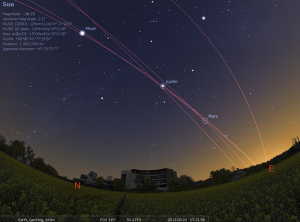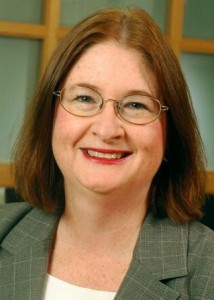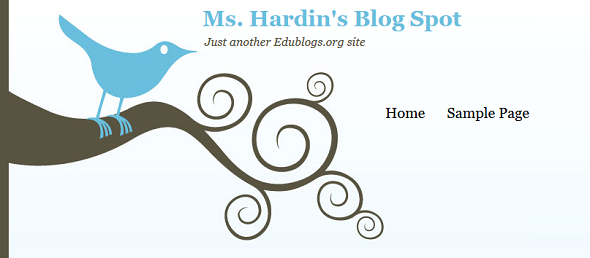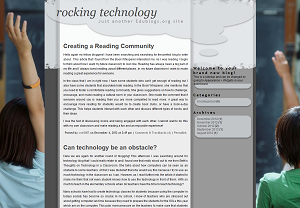Those who desire to return to school have many concerns. Will I be able to juggle all of my responsibilities? Can I afford it? Will the degree really help me advance my career? And, can I succeed? School of Public Policy professor Steve Ruth understands these concerns and has designed two flexible and valuable courses that all dedicated students can succeed in – PUBP 710 Internet and Public Policy and PUBP 503 Culture, Organization, and Technology.
Can I juggle all of my responsibilities?

Many students in Mason’s SPP Masters and PhD programs have full-time jobs and very limited free time. So, Professor Ruth created online courses to reduce the time demands placed on them.
Many students in Mason’s School of Public Policy Masters and PhD programs have full-time jobs and very limited free time. So, Professor Ruth created online courses to reduce the time demands placed on them. His online students saved nearly 70 hours in one semester previously spent commuting to campus to attend lectures.
Ruth’s online students actively engaged with each other in online discussions regarding weekly video lecture topics. They were also required to complete all of the same assignments as the face-to-face courses. Thus they received most of the benefits of a full classroom experience.
Professor Ruth says that the results were outstanding with as many as 100 student discussion posts per week in each course. “The students don’t just post comments,” explained Professor Ruth, “they also share URL’s and other references to themes related to the week’s topics. And of course, I interact with them online quite a bit as well.”
Will it help me advance my career?
Professor Ruth aims to help students advance their career goals through his online courses. In PUBP 710 he tailored major assignments to areas of student interest. Additionally, students developed an Information and Communications Technology (ICT) portfolio where they could specialize in regions, technologies, and applications that matched their career goals. Examples of portfolio topics include: 3-D printing, broadband deployment, network neutrality, big data, cybersecurity, internet voting, green IT, etc. Many students commented that they were able to use their portfolio findings in their own professional work.
Professor Ruth created online courses where students could “feel like they were sitting
in a bar with a really smart friend who is explaining something they haven’t grasped, but are about to.”
Much of this feeling is created through his original course videos.
As director of the International Center for Applied Studies in Information Technology (ICASIT), Professor Ruth has expertise in a wide variety of information technology fields and serves as a rich resource for his students, no matter what their technology interests. Through ICASIT, Professor Ruth has carried out grant funded projects in over twenty countries and done extensive research on methods for reducing university tuition through technology interventions. His projects have been supported by organizations like the Andrew Mellon Foundation, the Soros Foundation, and the Center for Innovative Technology in Virginia, among others.
Can I succeed?
To ensure student success, Professor Ruth utilizes instructional approaches that have proven most effective for the student population in the School of Public Policy. He ultimately desires to have the effect of one-on-one tutoring through his online courses. His online courses are designed so that students can, in the words of Stanford Professor Peter Norvig, feel like they are “sitting in a bar with a really smart friend who is explaining something they haven’t grasped, but are about to [1].”
Much of the individualized tutoring feeling is created in Professor Ruth’s original course videos and weekly online lectures. Even the course syllabus includes a brief YouTube video. This guarantees that students know right up front what is required for them to succeed.
Professor Ruth is giving his all to remove any barriers to student success. Give PUBP 710 and PUBP 503 a try, and you’ll see for yourself.


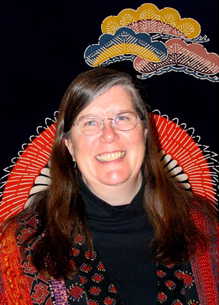




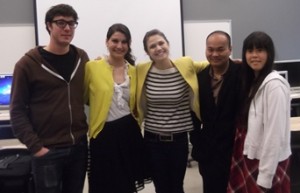 Several AVT 420/619 students on their final class day.
Several AVT 420/619 students on their final class day.
